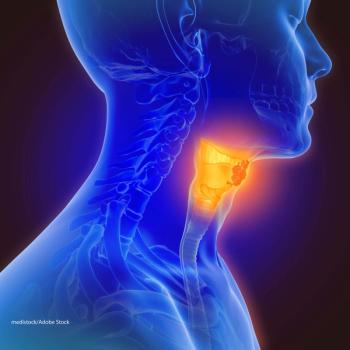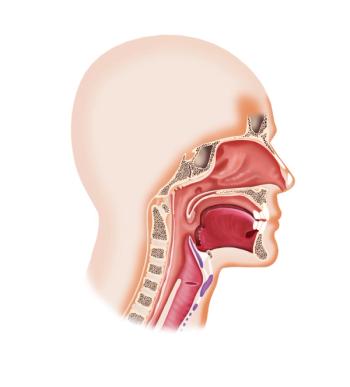
Increased Risk of Second Malignancies With Radioactive Iodine Therapy for Thyroid Cancer
A new population-based study has found that patients with thyroid cancer who are treated with radioactive iodine therapy are at increased risk for developing salivary cancer as a second malignancy.
A population-based study found that pediatric and young adult patients with thyroid cancer who receive radioactive iodine treatment are at elevated risk for second primary malignancies, in particular of the salivary gland.
“The use of radioactive iodine (RAI) therapy for regional and distant metastases is usually effective in pediatric patients, and partial or complete clinical responses are observed in nearly all such patients treated with RAI,” wrote authors led by Jennifer L. Marti, MD, of Mount Sinai Beth Israel Hospital in New York. The benefit of RAI in patients without distant metastases, however, is less clear, and children and young adults treated for differentiated thyroid cancer generally have excellent survival-98% disease-specific survival at 40 years.
The new study looked into the incidence of secondary primary malignancies (SPM) due to RAI treatment in patients under 25 years old. Results were
The study included 3,850 patients who underwent surgery and either did or did not subsequently receive RAI for differentiated thyroid cancer; this yielded a total of 54,727 person-years at risk. Of that cohort, 1,571 patients (40%) received RAI, with the proportion who received the therapy increasing over time from 4% in 1973 to 62% in 2008 (P < .001).
The overall survival at 20 years was 98.5% among RAI-treated patients and 97.3% among non–RAI-treated patients. Disease-specific survival at 20 years was also similar, at 99.7% and 99.9%, respectively.
Though the number of SPMs was small, there was an increase in the risk of developing an SPM from early in the study when RAI was rare to later when it was common. Overall, there was a 42% excess relative risk of SPM among all patients treated with RAI-26 total SPMs compared with 18.3 that would be expected in a comparable non-cancer reference population. There was no equivalent excess risk in the non-RAI population.
“In other words, 1 excess SPM would be observed in every 227 RAI-treated patients followed over a decade,” the authors wrote.
In terms of specific malignancies, salivary cancers had the largest increase in risk with RAI. A total of three were observed, and 0.9 were expected (P = .0007). This corresponds to one excess salivary SPM for every 588 RAI-treated patients over a decade. There were also some excess risks-though they did not reach statistical significance-for leukemias and kidney cancers.
There were 58 cases of SPM observed in the non-RAI-treated patients, and 57.8 were expected, meaning there was no elevated risk overall in these patients, and no elevated risk specifically for salivary cancer or leukemia as well.
“It is critical to carefully weigh risks and benefits of RAI therapy in young patients,” the authors concluded. “In some cases, such as patients with intrathyroidal, node-negative tumors, and in patients with low-volume central compartment micrometastases, who have an excellent long-term prognosis and low risk of locoregional recurrence, the risks of developing SPM may outweigh the minimal benefit to RAI therapy.”
Newsletter
Stay up to date on recent advances in the multidisciplinary approach to cancer.































































































